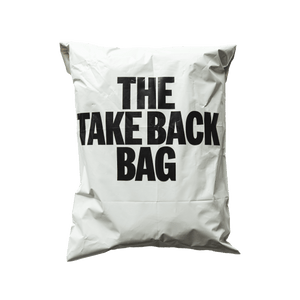When we don’t use recycled fibers/cotton,
we only use GOTS certified organic cotton.
Here’s everything you need to know.
Why does Arvin use organic cotton?
Conventionally grown cotton is one of the most harmful crops grown in the world. It takes huge amounts of water, chemicals, genetically engineered seeds, and greenhouse gases to produce. Conventional cotton is frequently grown in water-scarce areas where freshwater is limited. The long-term impacts can be devastating and irreversible.
Organic cotton massively improves on conventional cotton’s bad habits. It requires fewer greenhouse gases to produce. Hazardous chemicals are never used—which means zero toxic runoff into surrounding waterways. Organic cotton is only grown in rain-fed areas, minimizing the impact on surrounding waterways and communities.
We only use GOTS certified organic cotton. Conventional cotton production often violates international human rights laws. GOTS certified growers are ones where the folks who work there are compensated fairly and treated with dignity and respect.
We don’t use organic cotton in all of our products. The majority of our socks are made using recycled cotton from fabric socks. Right now, we only use organic cotton for our cushy soft and premium Plant Dyed collection of socks.
Organic cotton is great, but it’s not perfect. Organic cotton still requires freshwater and CO2 emissions to produce, just like conventional cotton. It also requires more farmland than conventional cotton.
By the Numbers
The apparel industry is harmful and irresponsible by design. Up until now, that’s been the unquestioned norm. That needs to change, fast. Here’s a quick glance at why we hold ourselves accountable to what we do. Comparing the production of organic cotton vs. conventional:
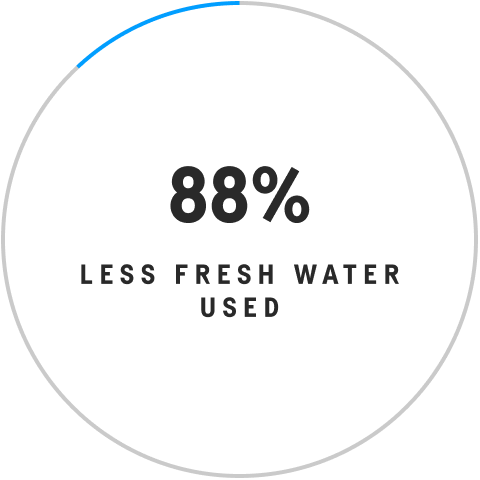
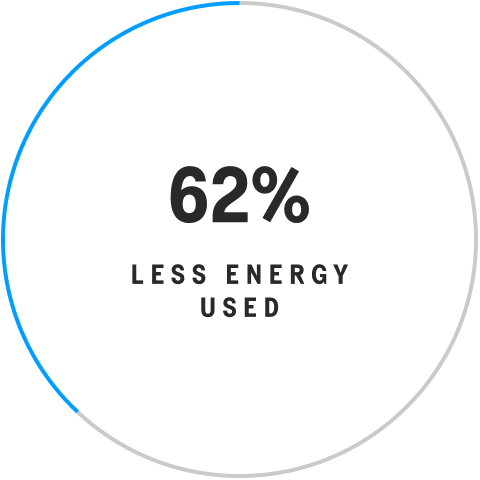
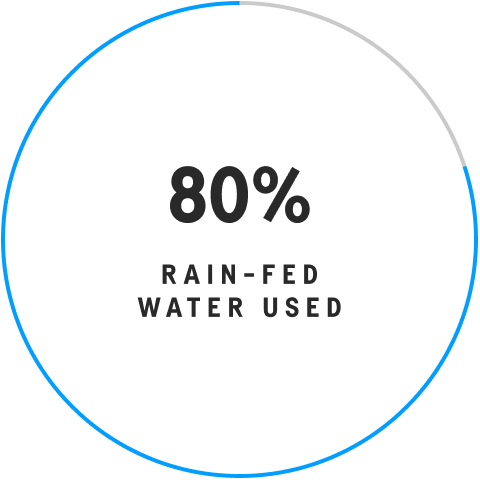
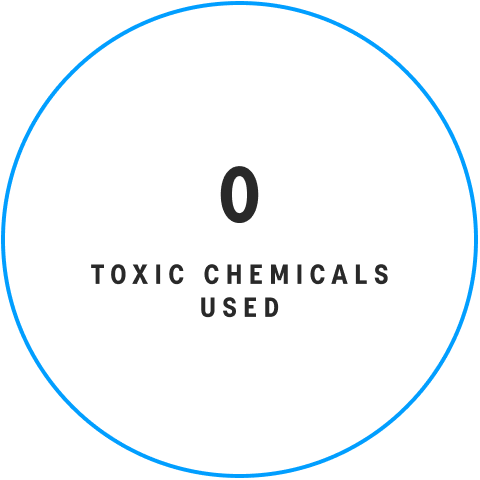
Our Materials
We use the most responsible products possible, and invest in new solutions as they arise to reduce our impact that much further. Every material we use is the best there currently is—but we’d be sugarcoating things if we said they were all perfect. Here’s an overview of what we currently use.











